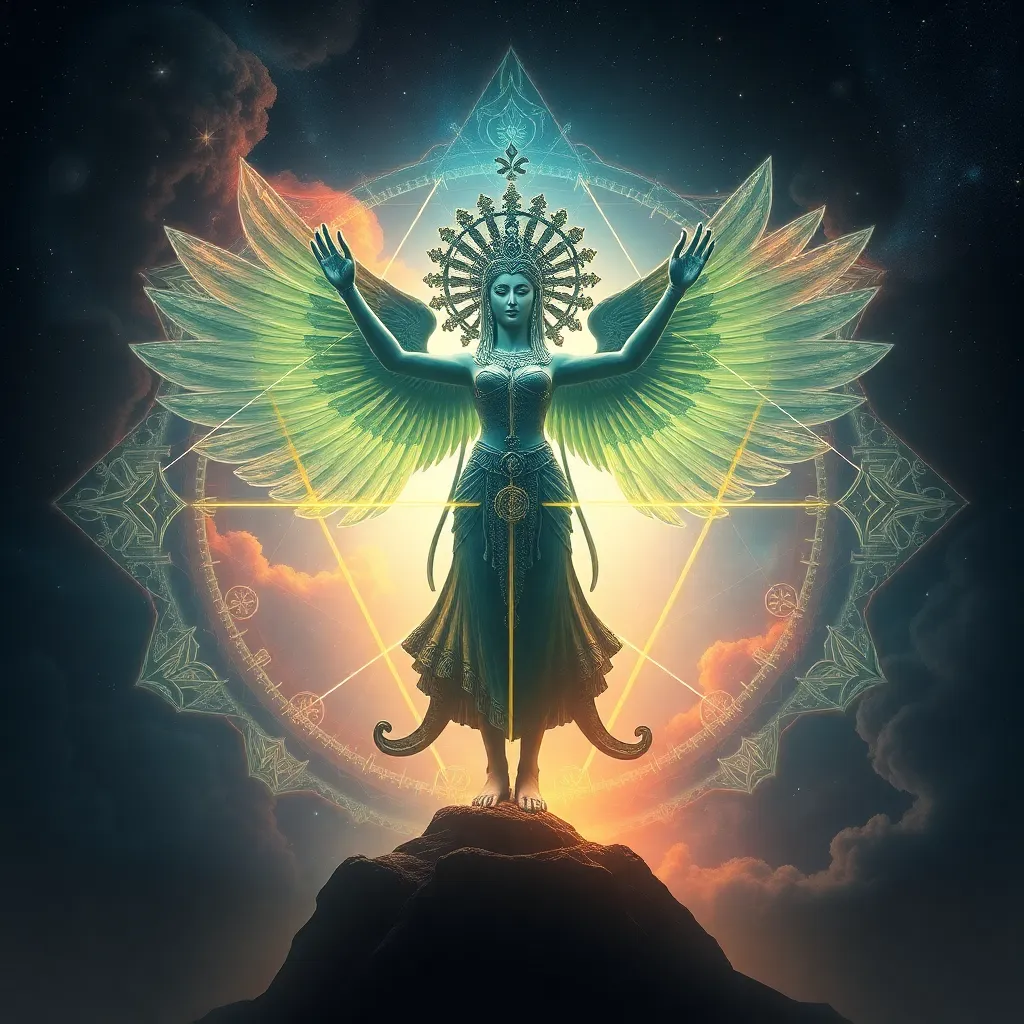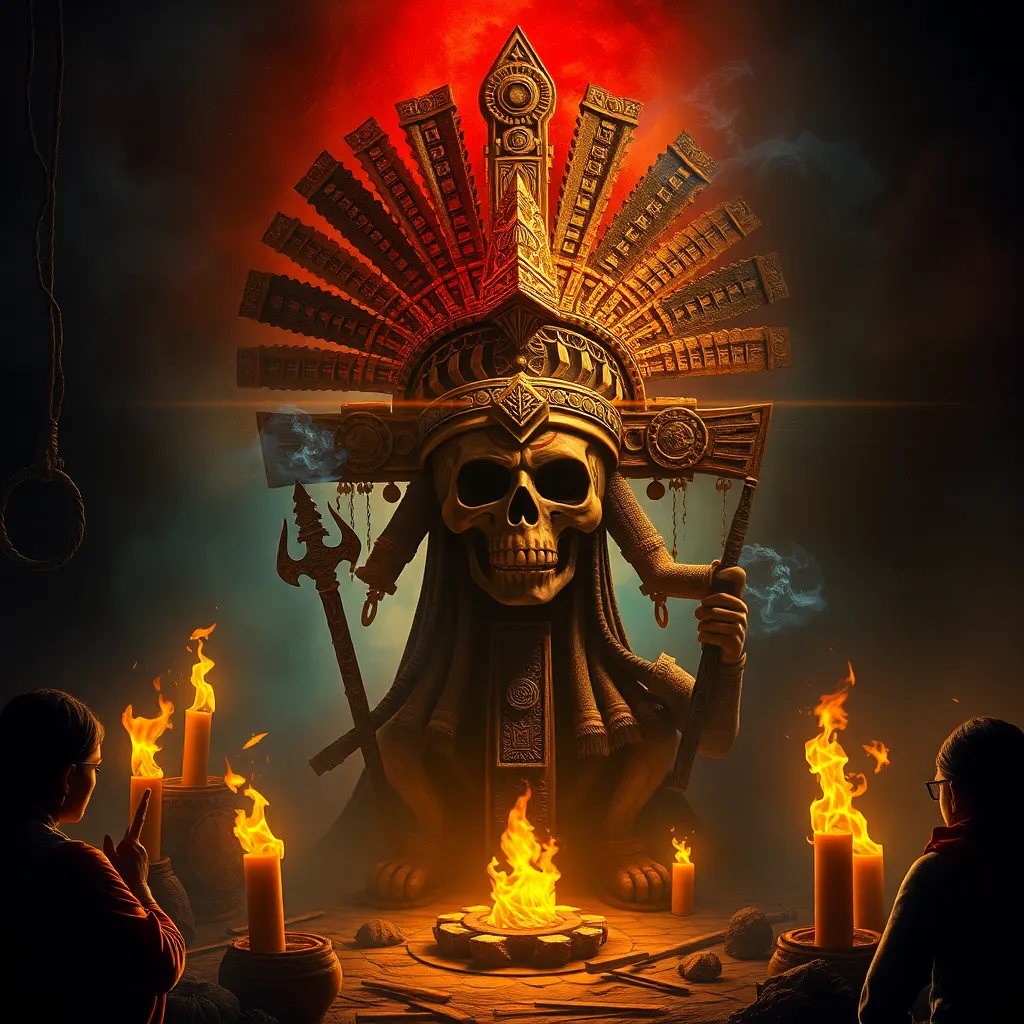The Selkie and the Supernatural: Examining the Myth’s Connections to Folklore and Witchcraft
1. Introduction to the Selkie Myth
The Selkie myth is a captivating aspect of Celtic folklore, particularly prevalent in the coastal regions of Scotland and Ireland. According to legend, Selkies are creatures that can transform from seals into humans by shedding their seal skins. This duality highlights the complex relationship between humanity and the natural world, emblematic of the deep-rooted connections people have with the sea.
In Scottish and Irish culture, Selkies are often depicted in tales of love and loss, embodying themes of longing and the struggle between two worlds. These myths not only serve as entertainment but also offer insight into the cultural values and environmental challenges faced by maritime communities.
2. The Characteristics of Selkies
Selkies are unique in their ability to transition between the aquatic and terrestrial realms. When in their seal form, they are graceful swimmers, but upon shedding their skins, they take on the appearance of beautiful men or women. This transformation is significant, symbolizing the fluidity of identity and the connection to the ocean.
The symbolism of water in Selkie stories is profound; it represents both freedom and entrapment. Water is a source of life and mystery, often reflecting the emotional depths of the characters involved. The act of shedding the seal skin is a metaphor for the relinquishment of one’s true nature, raising questions about authenticity and belonging.
3. Historical Context of Selkie Folklore
The origins of Selkie myths can be traced back to the maritime communities of the British Isles. These communities relied heavily on the sea for sustenance, leading to a rich tapestry of stories that personified the ocean’s creatures. Selkies emerged as symbols of the unpredictable nature of the sea, embodying both its beauty and its dangers.
Historical events, such as the rise of fishing industries and the impact of climate change, have influenced the development of Selkie tales. As communities faced new challenges, the stories evolved, reflecting societal fears and aspirations. The interplay between human experiences and the natural world remains a central theme in Selkie folklore.
4. Selkies in Literature and Art
Selkies have made a notable impact on literature and poetry, inspiring countless writers and artists. In literature, Selkies often appear as tragic figures, caught between worlds. For instance, in poems like “The Ballad of the Selkie” and various tales collected in Gaelic folklore, the narrative typically centers around a human who falls in love with a Selkie, only to face heart-wrenching consequences of their union.
- **Literature**: Notable works featuring Selkies include:
- “The Selkie Wife” – A tale of love and loss.
- “The Seal’s Skin” – A poignant story of transformation.
- Modern novels that reinterpret Selkie legends for new audiences.
In visual arts, Selkies have been represented in various forms, from paintings to sculptures. Artists often depict the duality of Selkies, emphasizing the tension between their human emotions and animal instincts. Modern adaptations in films and animation continue to explore these themes, bringing Selkie stories to new generations.
5. Connections to Witchcraft and the Supernatural
Selkies hold a significant place within the realm of witchcraft and the supernatural. In many narratives, they are associated with magical practices, often depicted as beings possessing enchantments that can influence the human world. This connection positions Selkies as symbols of the mystical, embodying the thin line between reality and the supernatural.
In folklore, Selkies are sometimes viewed as warnings against the dangers of desire and the consequences of human actions. Their fluid nature serves as a reminder of the power of the sea and the mysteries that lie beneath its surface. Such narratives reflect a broader belief in the interconnectedness of all beings, both human and supernatural.
6. Gender Dynamics and the Selkie Narrative
The representation of Selkies in folklore often highlights gender dynamics, particularly through the lens of female Selkies. Female Selkies are frequently portrayed as tragic figures, longing for freedom while being bound by societal expectations and human relationships. Their stories often explore themes of desire, sacrifice, and autonomy.
Conversely, male Selkies tend to play different roles in myths, sometimes depicted as seducers or protectors. Their narratives often revolve around themes of adventure and exploration, showcasing a different aspect of the Selkie legend. Both genders contribute to the complex tapestry of Selkie mythology, reflecting cultural attitudes towards gender and identity.
7. Modern Interpretations and Cultural Impact
In contemporary society, the Selkie myth continues to resonate, with many modern interpretations breathing new life into these ancient tales. Today, Selkies are featured in various forms of media, including books, films, and television series, where they are often reimagined to address current themes such as environmentalism, identity, and the struggle for freedom.
Popular culture has embraced Selkies, leading to a resurgence of interest in their stories. This cultural impact is evident in:
- Film adaptations that explore Selkie narratives with modern sensibilities.
- Children’s books that introduce the myth to younger audiences.
- Art installations and performances that reinterpret Selkie lore.
These adaptations not only preserve the myth but also allow for critical discussions about the themes present in Selkie folklore, such as love, loss, and the human connection to nature.
8. Conclusion: The Enduring Legacy of the Selkie Myth
The Selkie myth remains a significant part of folklore and witchcraft, symbolizing the enduring relationship between humanity and the natural world. Through their stories, Selkies evoke a sense of wonder while also raising questions about identity, transformation, and the consequences of our actions.
As we continue to explore these myths, the implications for the study of folklore and supernatural beliefs are profound. The Selkie narrative encourages us to reflect on our own connections to the sea and the mysteries that lie within. In a changing world, the legacy of the Selkie will undoubtedly endure, inspiring future generations to delve into the rich tapestry of myth and magic.




